Cucumbers (Cucumis sativus) belong to the Cucurbitaceae family and are a warm-season crop. They grow in both temperate and subtropical zones, as long as you plant them in the right season. We recommend growing cucumbers on trellises or supports, to reduce pest and disease pressure.
Types of Cucumbers
Cucumbers are usually categorized as pickling or slicing varieties. Pickling cucumbers, like ‘Boston Pickling,’ are typically smaller and ideal for pickling in brine. Slicing cucumbers, such as ‘Marketmore’ or ‘Straight Eight,’ are larger and suitable for fresh consumption.
Then there are Asian cucumbers, which have many of the characteristics of slicing cucumbers but are frequently served pickled. They generally feature a sweet flavor profile and thinner skin.
When to Start Cucumber Seeds
In zones 3-5, start cucumber seeds indoors 3-4 weeks before the last expected frost date.
If you live in zones 6-8, you can begin sowing cucumber seeds indoors 2-3 weeks before the last frost date.
In zones 9-12, you can start cucumber seeds indoors about 2 to 3 weeks before planting out.
In any zone, you can direct sow your growing cucumbers as soon as the soil has reached 65°F and the last frost date has passed.
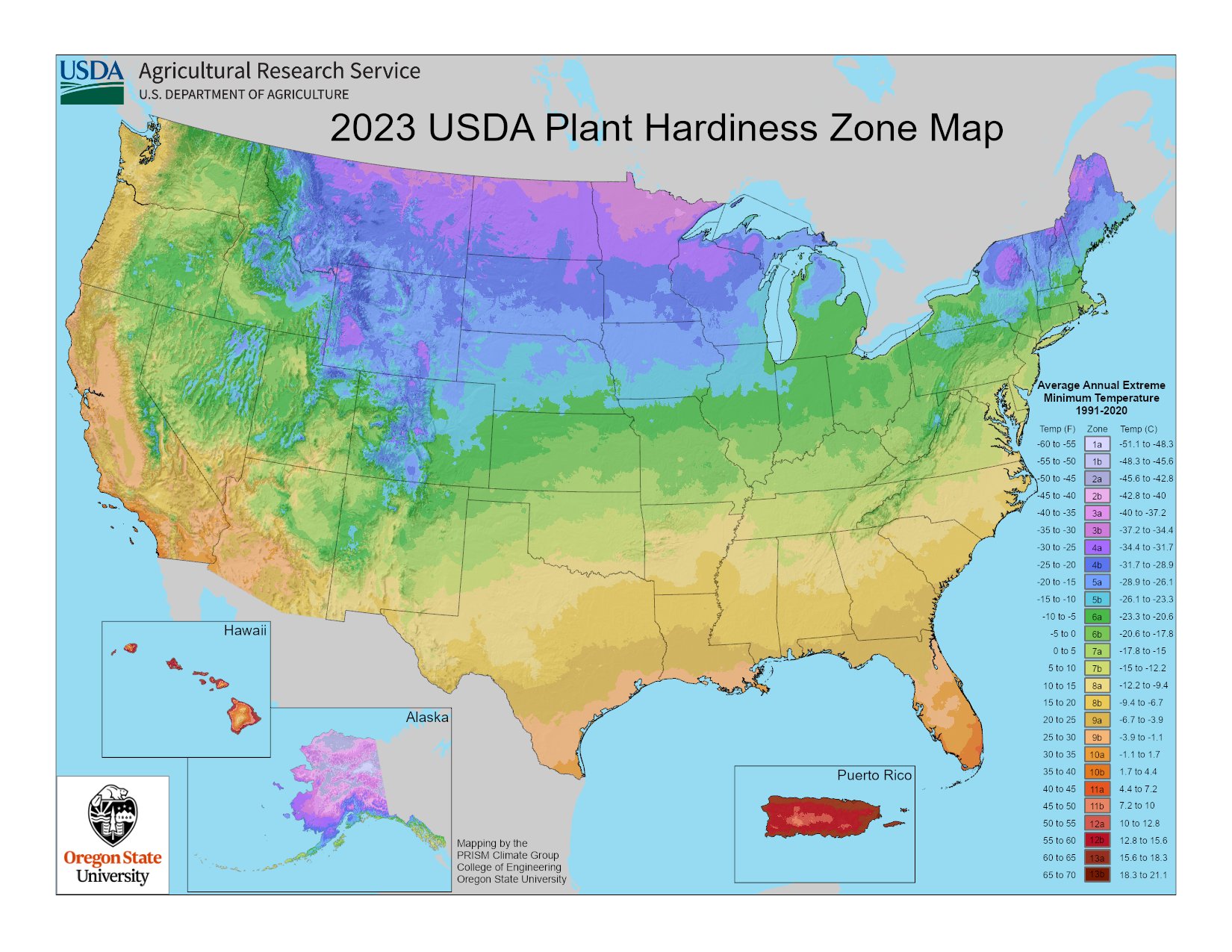
How to Start Cucumber Seeds Indoors
To begin the process of starting cucumber seeds indoors, it’s crucial to select the right seed starting mix. Look for a high-quality mix that offers good aeration and moisture retention. This is essential as it prevents the soil from becoming waterlogged, which can potentially lead to seedling rot.
When choosing containers for growing cucumbers, opt for small pots or cell trays. Ensure that these containers have proper drainage holes, which help prevent excess water buildup. These containers should be around 2 to 3 inches deep, providing adequate space for the developing roots of your cucumber seedlings.
To plant the cucumber seeds at the appropriate depth, aim for roughly 1 inch deep in the seed starting mix. This depth is ideal for germination, and planting the seeds too deep can hinder the process.
Maintaining the right moisture level is critical for successful seed germination. Keep the seed starting mix consistently moist, but be cautious not to overwater, as excessive moisture can lead to fungal problems. Using a spray bottle to gently mist the surface or bottom-watering your containers can help maintain even moisture levels.
Cucumber seeds germinate best when the soil temperature falls between 70-85°F (21-29°C). To ensure an ideal temperature, consider using a heating mat. This helps maintain a consistent temperature, which is crucial for successful germination.
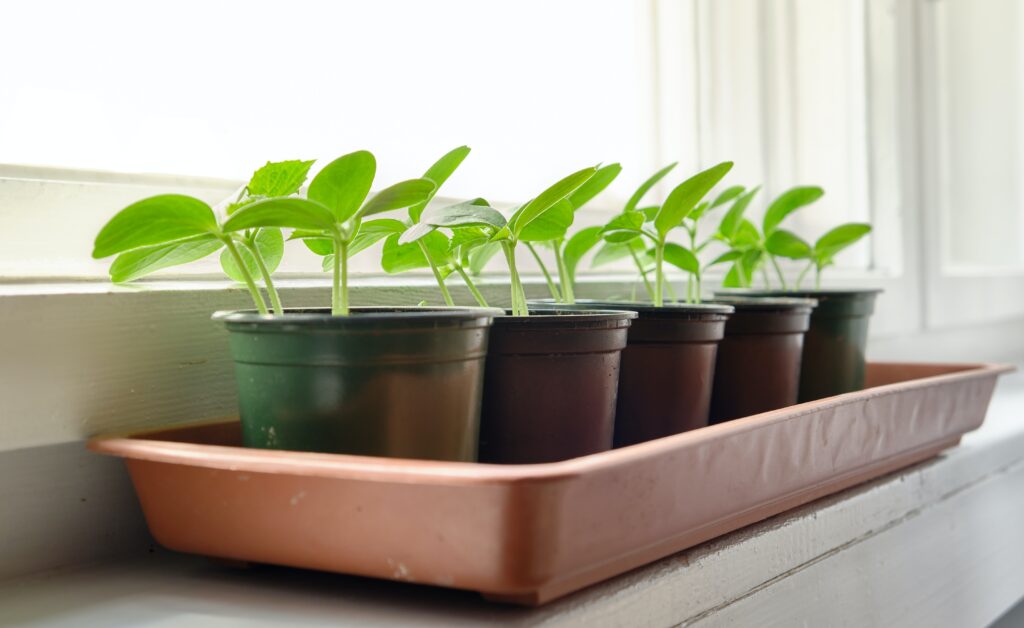
While cucumber seeds do not require light for germination, once the seedlings emerge, they need ample light to grow healthy and strong. Place the containers in a location with 12-16 hours of bright, indirect sunlight. If natural light is insufficient, consider using grow lights to provide the necessary light for growth.
Cucumber seeds typically take about 7-10 days to germinate. However, the exact timing can vary depending on factors like temperature and other environmental conditions. It’s important to be patient and keep a watchful eye for the emerging seedlings.
Following these steps will help you successfully start cucumber seeds indoors. Once your cucumber seedlings have developed at least two true leaves and the risk of adverse weather conditions has diminished, you can transplant them into your garden or chosen outdoor location.
When to Transplant
Wait until the cucumber plants have at least two true leaves and there is no risk of frost before transplanting.
Preparing the Garden Bed for Cucumbers
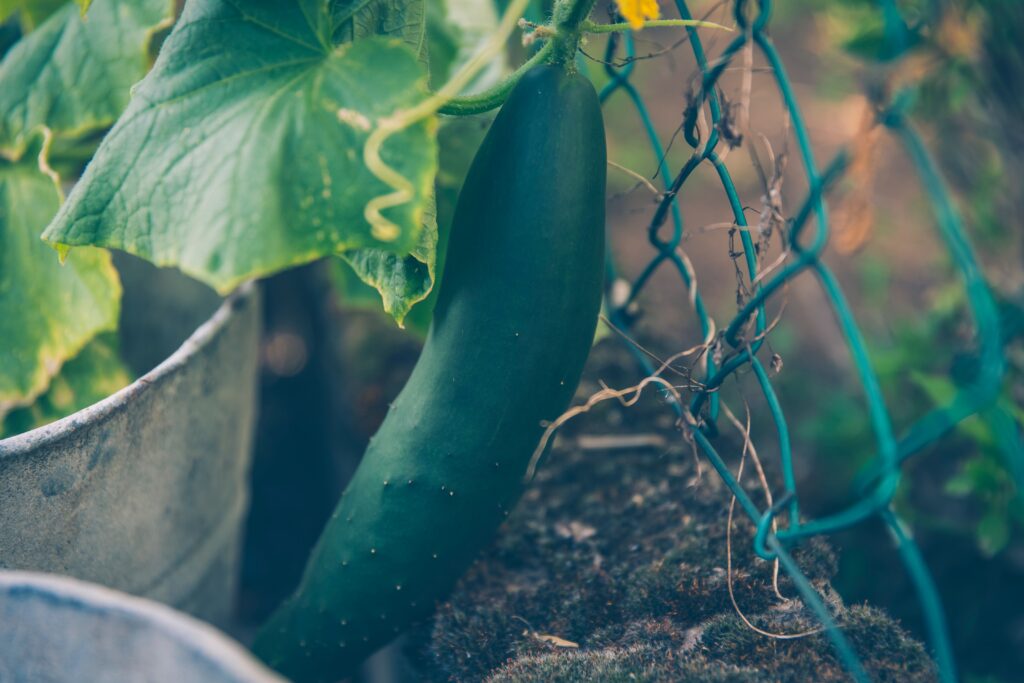
To ensure the successful growth of your cucumber plants, it’s essential to create an ideal environment in your garden bed. Here’s a step-by-step guide to preparing the garden bed for growing cucumbers:
Begin by selecting a sunny location for your cucumber bed. Cucumbers thrive in full sun, so aim for an area that receives at least 6-8 hours of sunlight daily. A sunny spot ensures proper photosynthesis and good fruit development.
Your growing cucumbers require consistent soil moisture, so it’s vital to ensure your garden bed has a reliable source of water. Consider installing a drip irrigation system or soaker hoses to maintain consistent soil moisture levels throughout the growing season.
Cucumbers thrive in well-drained, loamy soil enriched with organic matter. Organic matter improves soil structure, water retention, and nutrient availability. Ensure your soil has a slightly acidic to neutral pH level, ideally between 6.0 and 7.0.
Incorporate organic matter, such as compost or well-rotted manure, into your garden bed. You can add a layer of compost on top of the garden bed and water it well to stimulate better soil biology.
Before planting, loosen the soil gently with a garden fork. However, avoid over-digging, as it can destroy soil structure. Remove any debris, weeds, or rocks.
Setting Up a Trellis
One crucial aspect of growing cucumbers is providing them with a trellis. Cucumbers are best grown vertically on a trellis to keep the fruits off the ground, reduce disease risks, and make harvesting easier.
Install the trellis system before planting your cucumber plants, ensuring it’s securely anchored to provide support as the vines grow.
Hardening Off Cucumber Plants
Gradually expose your seedlings to outdoor conditions over a period of 7-10 days before planting them in the garden. Start with a few hours of outdoor exposure and gradually increase the time.
Planting Cucumber Plants
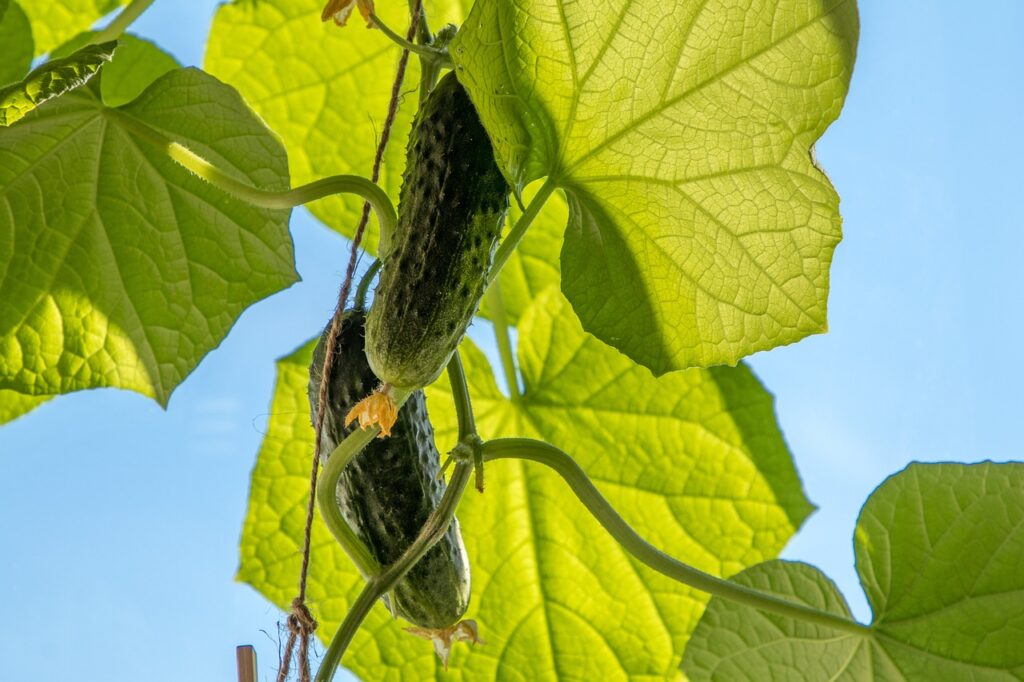
When it’s time to move your cucumber seedlings from their indoor containers to your prepared garden bed, follow these steps to ensure a successful transition:
Begin by digging holes or creating mounds in the garden bed at the recommended spacing for your cucumber variety. Proper spacing is essential for allowing the cucumber plants enough room to grow without crowding, which can lead to poor air circulation and disease.
Cucumber plants should be transplanted at the same depth they were growing in their containers. Gently remove the seedlings from their pots or cell trays, being careful not to damage the roots, and place them in the holes or on top of the mounds.
Spacing between cucumber plants can vary depending on the specific cucumber variety, but generally, provide about 12-24 inches between each plant to ensure they have enough room to develop without overcrowding.
Once the seedlings are in the ground, add a layer of mulch around the plants. Mulching helps conserve soil moisture, suppress weeds, and maintain consistent soil temperature.
After planting, water the cucumber seedlings thoroughly. Keep the soil consistently moist, especially during hot weather, as cucumbers require ample water to thrive.
Caring for Cucumber Plants
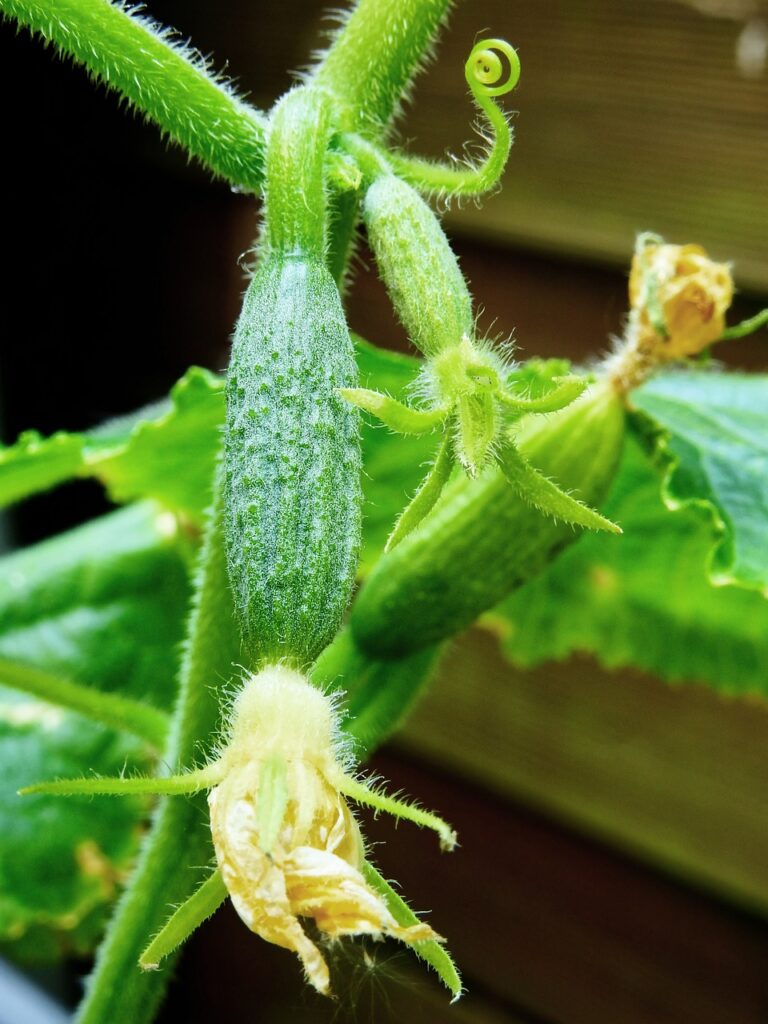
Once your cucumber plants are established in the garden bed, it’s essential to provide them with proper care to ensure healthy growth and a bountiful harvest.
Watering is a critical aspect of cucumber care. Cucumbers require consistent soil moisture, so it’s important to water them regularly. Provide about 1 to 2 inches of water per week, either through irrigation or rain.
Water at the base of the plants to avoid wetting the foliage, which can lead to fungal diseases.
In addition to watering, cucumbers benefit from feeding to support their growth and fruit production. Apply a water-soluble tomato and vegetable fertilizer every 2-3 weeks, or as directed by the product label. The added nutrients help the plants stay healthy and productive throughout the growing season.
Weeding is an essential part of cucumber care. Keep the area around your cucumber plants free of weeds, as weeds compete with the cucumbers for nutrients, water, and sunlight. Regular weeding not only improves the appearance of the garden but also reduces stress on the cucumber plants.
As your cucumber plants grow, you may notice that they produce side shoots or suckers. While some gardeners pinch these back for bushier plants, it’s not a strict requirement. The decision to pinch back is a matter of personal preference and the space you have available.
Tips and Tricks for Growing Cucumbers
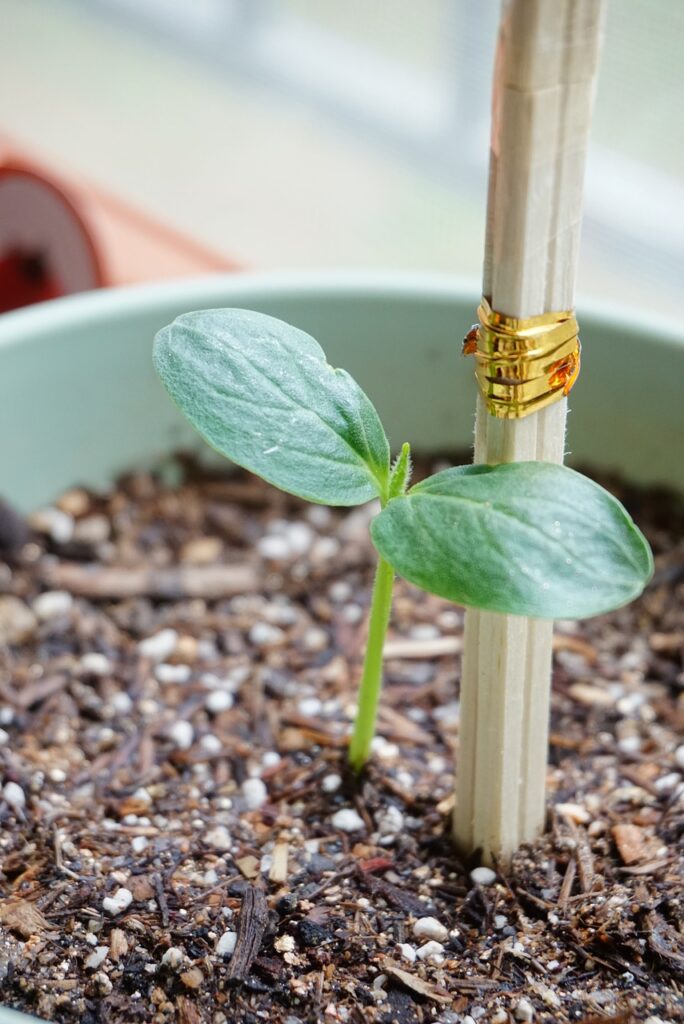
Since cucumbers grow fast and produce quickly, we recommend sowing them in succession throughout your growing season. For best results, start a few seeds every two or three weeks to plant out as old cucumber plants begin to look ragged and stop fruiting.
It’s much more productive to focus on growing cucumber plants from scratch than desperately trying to keep one alive after it starts to expire.
Organic Pest Control
Use insecticidal soap sprays for pest insects and allow wasps to cruise your garden unassaulted. While they can seem dangerous, they actually provide assistance in keeping down pests.
Organic Disease Prevention
Use copper-based fungicides for fungal diseases.
Harvesting Cucumbers
Cucumbers typically mature in 50-70 days. Harvest them when they reach the desired size and are uniformly green, firm, and free from yellowing.
Use a clean, sharp knife or scissors to cut the cucumber from the vine. Avoid pulling or twisting to prevent damage to the plant.
Washing and Storage
Wash cucumbers gently under cool running water. Store them in the refrigerator in a plastic bag or container for up to a week.
Growing cucumbers successfully is a rewarding experience. By following these guidelines, you can enjoy a bountiful harvest of fresh, homegrown cucumbers, perfect for salads, pickling, or snacking.
